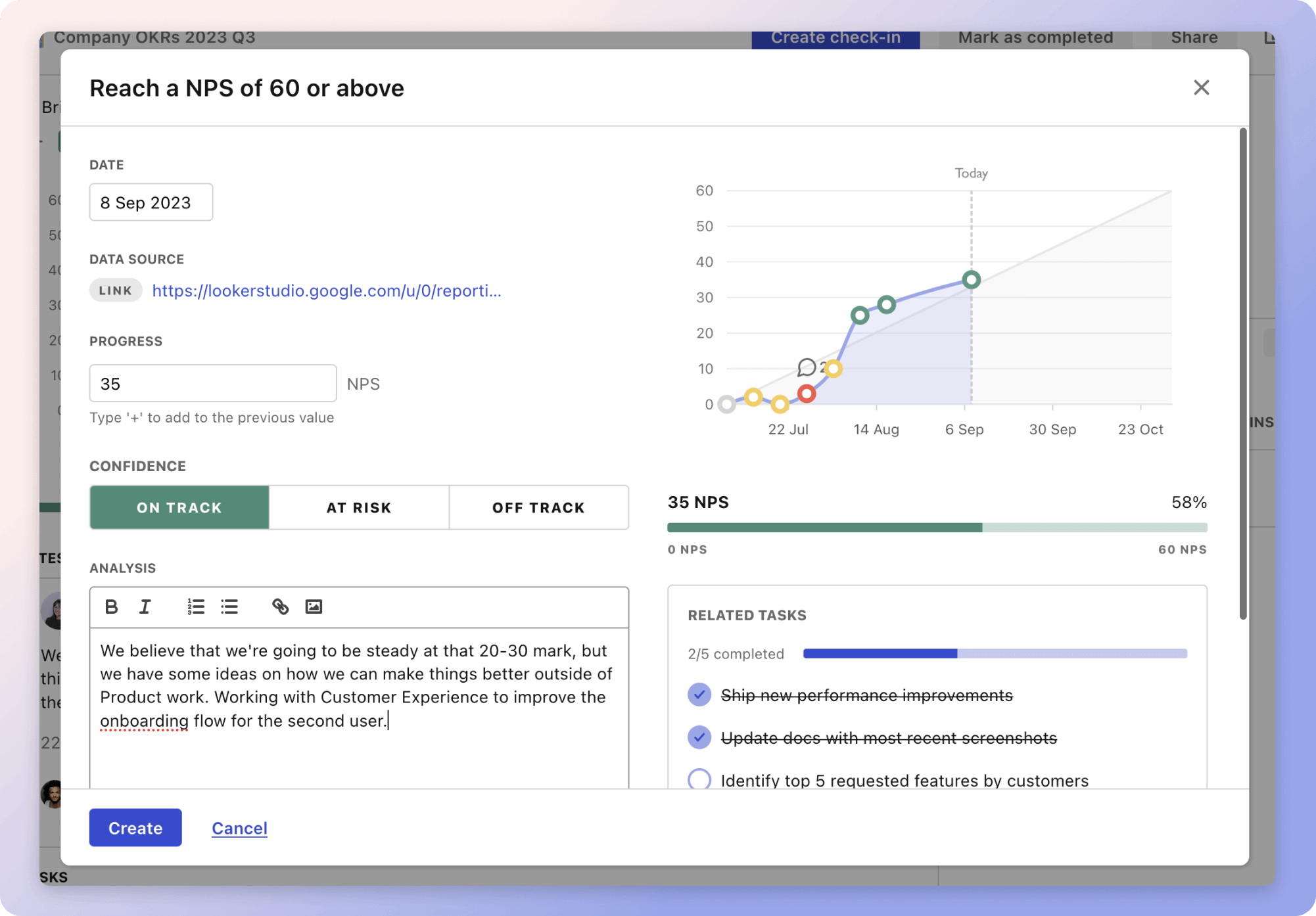The strategy titled "Formulating a recommendation strategy" involves developing a comprehensive plan for making recommendations informed by research, criteria, and risk/opportunity analysis. It begins with conducting thorough research, including identifying the necessary scope, gathering data from credible sources, and analyzing industry trends. For example, this might involve conducting surveys with stakeholders to gather qualitative data that can be organized into actionable insights.
Next, defining criteria and measurement standards is crucial. This involves listing potential evaluation criteria, prioritizing them based on impact, and developing measurable metrics. For instance, creating a scoring system helps objectively assess different options, ensuring alignment with organizational goals.
Finally, evaluating risks and identifying opportunities help mitigate possible threats and capitalize on growth prospects. Performing SWOT analyses can assist in listing potential risks and opportunities, such as market expansion or competition threats. This strategy supports continuous improvement and ensures that recommendations are both effective and well-informed.
The strategies
⛳️ Strategy 1: Conduct thorough research
- Identify the scope of the research needed for the recommendation
- Gather relevant data from credible sources
- Analyse industry trends and insights
- Conduct surveys and interviews with key stakeholders
- Review case studies similar to the current objective
- Identify key performance indicators (KPIs) used in the research area
- Organise data into actionable insights
- Validate data accuracy through cross-referencing
- Compile research findings into a comprehensive report
- Share research findings with relevant teams for feedback
⛳️ Strategy 2: Define criteria and measurement standards
- List potential criteria for evaluating solutions
- Prioritise criteria based on impact and relevance
- Develop measurable metrics for each criterion
- Define clear benchmarks and targets
- Ensure alignment of criteria with organisational goals
- Consult with experts to validate selected criteria
- Establish a scoring system to evaluate options
- Create a framework for regular measurement updates
- Communicate criteria and measurement standards to stakeholders
- Revise criteria as required based on feedback and data review
⛳️ Strategy 3: Evaluate risks and identify opportunities
- Perform a SWOT analysis to identify risks and opportunities
- List potential risks associated with each recommendation
- Assess the likelihood and impact of identified risks
- Develop mitigation strategies for high-impact risks
- Identify potential opportunities for growth and improvement
- Prioritise opportunities based on feasibility and ROI
- Create a risk management plan for continuous monitoring
- Engage stakeholders in risk and opportunity discussions
- Document lessons learned from past recommendations
- Incorporate a feedback mechanism for ongoing risk assessment
Bringing accountability to your strategy
It's one thing to have a plan, it's another to stick to it. We hope that the examples above will help you get started with your own strategy, but we also know that it's easy to get lost in the day-to-day effort.
That's why we built Tability: to help you track your progress, keep your team aligned, and make sure you're always moving in the right direction.

Give it a try and see how it can help you bring accountability to your strategy.
